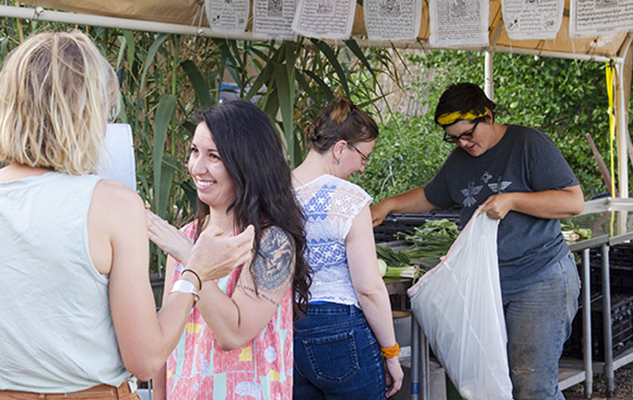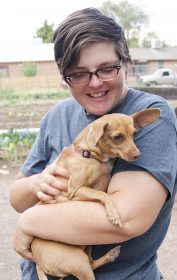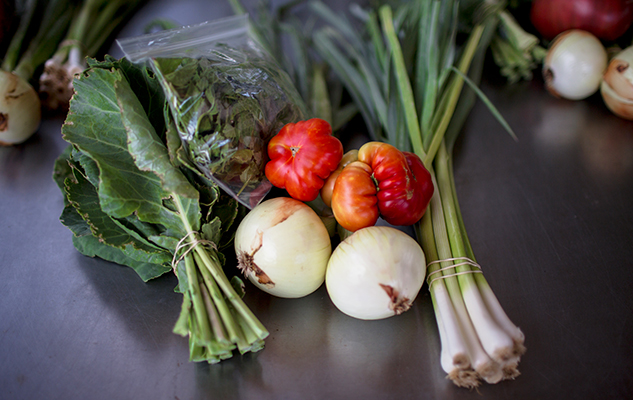
By Casey Holland, Red Tractor Farm
Last season was different. A noticeable shift. And based on what I’ve heard from other farmers, they’ve noticed it too. A term that describes what’s happening is on our tongues: climate change. It is impacting our plans for next season as well as our outlook for the future. My plans will be based on which crops I’ve seen do the best last season with an awareness of what will build towards greater overall sustainability for the farm.

All the beans but the Dragon’s Tongue did awful last year, so this year I’ll definitely grow the Dragon’s Tongue again as well as a solid green bean like the Provider and a new variety that hails from my region—perhaps a tepary bean. These beans are accustomed to dry heat and very little water, so with an eye toward the future, it would be wise for me to start learning how to grow them. Of course, even though I have hesitations, I’ll continue to grow tomatoes. But I won’t be growing all of the same types. With the heat and drought we have been experiencing, there are definitely varieties that simply won’t work. Instead we’ll try to find tomato varieties that grow in other desert regions and see how they do here. This is the same principal behind our own seed saving—farmers in other desert regions have bred similar desirable traits into their fruit, and hopefully that will give us a leg up.
Sustainability isn’t just about what crops and varieties we are or aren’t growing, it is also about the connections we continue to build with members of our community. The members of our CSA are one of the most integral components of what we do here at Red Tractor. They literally invest in the work we do in remediating the land, providing healthy food for our community, and educating others about why it is so important to grow ethical food on a local scale. Without the families that join us each season, Red Tractor Farm just wouldn’t be the same place.

We’ll continue working with our local farmer cooperative as well, providing food for over 300 families in the poverty-stricken South Valley and for school children all across Albuquerque. By working with other farmers, we are able to increase our distribution capacity while managing to keep in touch with each other throughout the busy growing season. The farmers’ market is another integral way that we are able to get our food out to a broader swath of the community while educating them about the methods we use and why they’re important. We share stories and recipes with each other, swap ideas and build a really cool scene for people from every background to come together and share space with each other once a week in a local park. It’s really quite incredible.
Most important, though, we will continue to build resiliency in our local food system. And by resiliency, I mean true resiliency, the kind of resiliency that comes with building a strong network of people and healthy soil that will ensure our work is able to continue in a climate that is uncertain. By remaining committed to our values and acknowledging the role our small farm plays in the overall web of our city, state, nation, and world, we can move forward with the confidence that no matter what happens, we’ll figure it out, adapt, and build a future where we can feed ourselves and our families.
***
This is Casey’s final blog post for this series. About this series: This year, four young farmers/ranchers from Colorado and New Mexico have been writing about their experiences with water access and explaining everything from what it feels like to clean a 400-year-old acequia to how they’ve learned to make the most of the water they have through conservation and crop selection. To help you understand the terminology around water access, we’ve put together a short glossary at the bottom of this blog post.